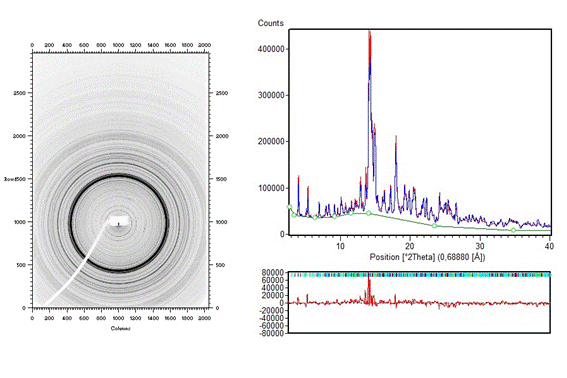The reduction of cement industry environmental impact is a challenge for researchers. On average, for every tone of cement produced, 0.97 tons of CO2 are released into the atmosphere. So, cement industry contributes around 6% of all CO2 anthropogenic emissions and consequently approximately 4% of the global warming of the planet. Belite cements may reduce 10% de CO2 emissions but belite reactivity with water is slow and thus these cements develop low mechanical strengths at early stages. The attempts to enhance reactivity of these materials are being carried out by two complementary ways: i) stabilizing high temperature belite polymorphs (α-forms) and ii) producing calcium sulfoaluminate (CSA) belite cements. CSA clinkers contain calcium sulfoaluminate, Ca4Al6O12SO4, which reacts rapidly with water forming ettringite, AFt or Ca6Al2(SO4)3(OH)12.26H2O, and improves the development of early age mechanical strengths. CSA clinker manufacture may reduce CO2 emissions up to ~35% by replacing some calcite by calcium sulphate(s) in the raw mixtures.
Here, we will report an in-situ synchrotron x-ray powder diffraction study of the hydration of two families of cements: i) belite cements activated using low amounts of alkaline oxides, and ii) CSA cements [nominal composition: 50 wt% of belite, 30 wt% of Ca4Al6O12SO4 and 20 wt% of ferrite]. The powder patterns were collected in transmission in BM08 beamline of ESRF using the translating image-plate detector. This methodology minimise powder averaging errors which are critical to obtain accurate phase analyses. All patterns have been analysed by the Rietveld method in order to extract the quantitative phase contents of the reacting mixtures. The water/cement ratio was 0.5. The gypsum role has been investigated by adding different amounts of this phase to cements. The starting crystalline phase assemblage and the evolution of the hydrate phases will be reported and related to the calorimetric studies.
 Figure 1. 2D image plate pattern for a belite cement after 9 hours of hydration (left) and 1D integrated data fitted by the Rietveld method (right). Figure 1. 2D image plate pattern for a belite cement after 9 hours of hydration (left) and 1D integrated data fitted by the Rietveld method (right).
|